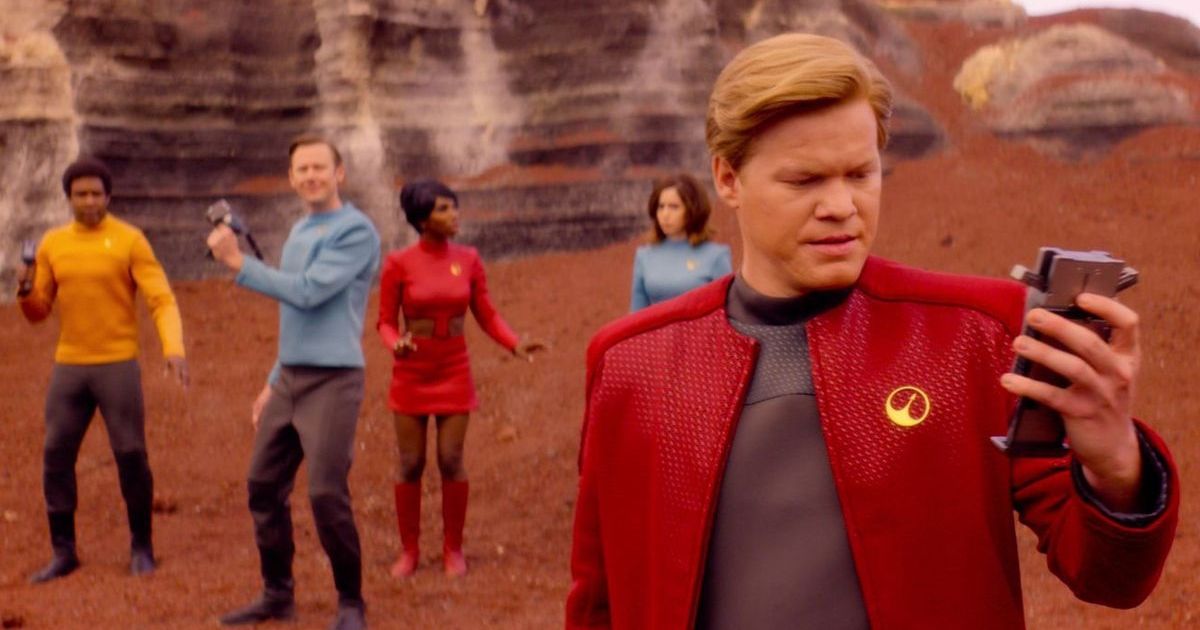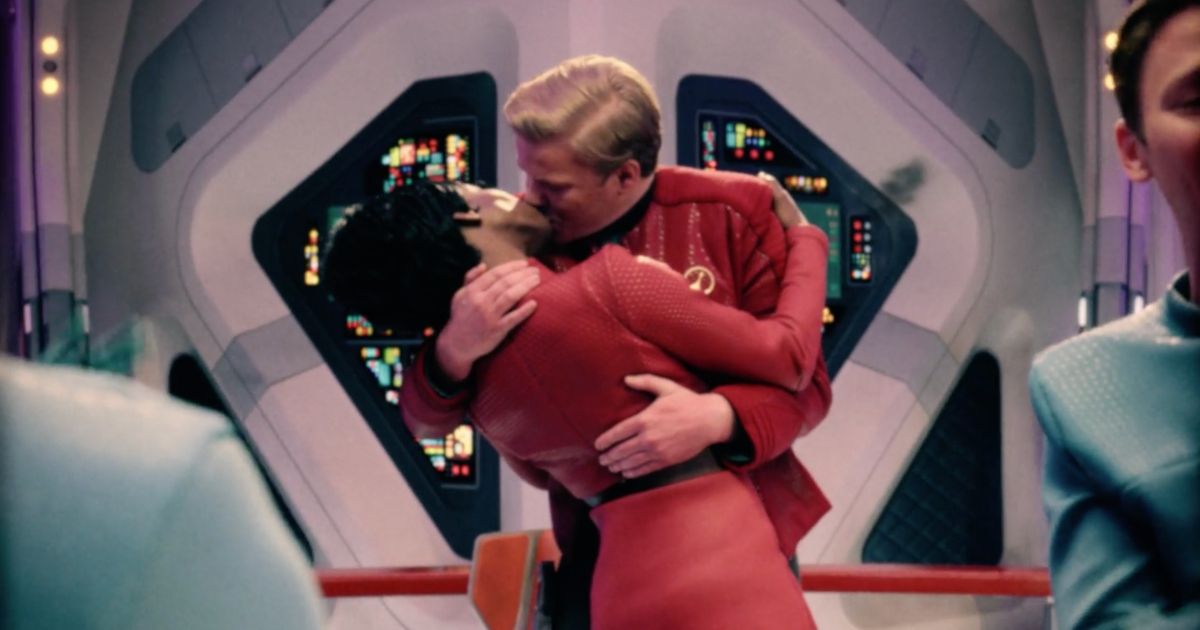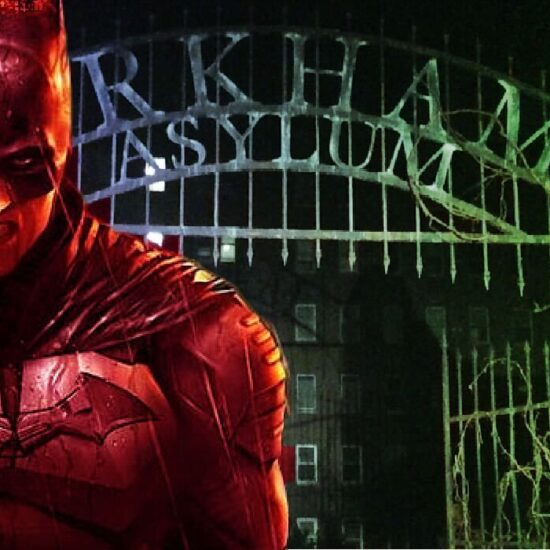This era of “peak TV” has been incredibly generous to science fiction fans, as they’ve been treated with many great shows thanks to Watchmen, Westworld, Legion, Andor, and The Boys among others. While it’s great to see that modern storytellers are finding ways to re-energize older properties and take them in a new direction, it does feel like there’s been a lack of totally original science fiction ideas. However, Black Mirror has presented a solution to that problem with its dazzling originality. The British anthology television series from creator Charlie Brooker takes the same approach as The Twilight Zone, and introduces a completely new story in each episode. Essentially, fans could look forward to watching a mini-movie with each new installment.
Black Mirror often featured high profile talent and addressed disturbing topics like social media addiction, predestination, fascism, cyberterrorism, media radicalization, and artificial intelligence. There have been many great episodes throughout the series’ run, such as the the inventive choose-your-own-adventure special “Bandersnatch,” the memory-centric drama “The Entire History of You,” the delightful romantic dramedy “San Junipero,” the intense procedural “Hated in the Nation,” and the disturbing techno nightmare of “Five Million Merits.” However, it’s the Star Trek-inspired episode “USS Callister” that remains the series’ best creation thus far.
Initially, “USS Callister” presents itself as a science fiction adventure that’s almost identical to the original Star Trek series. Instead of Captain Kirk and the USS Enterprise, the USS Callister is led by the brave, honorable, and well-loved Captain Robert Daly (played by Jesse Plemons). Daly’s crew celebrates the defeat of their enemy Valdack (Billy Magnussen) in a joyous moment, but it’s quickly revealed to be nothing but a fantasy. In real life, Daly is just the CTO of the tech company Callister Inc. He’s nothing like the version of himself on the USS Callister; in reality, Daly is a shy, introverted, and socially awkward person who others take advantage of.
Daly shows kindness towards Nanette Cole (Cristin Milioti), and begins to develop a crush on her. However, his attempts to flirt with her are constantly thwarted by his overbearing chief executive officer James Walton (Jimmi Simpson). Cole is warned by her coworker Shania Lowry (Michaela Coel) that Daly can’t be trusted, and eventually she learns why. Daly has been secretly stealing DNA samples from all of the office employees to insert their digital consciousness into his simulated reality.
Beyond being an interesting take on reality and worldbuilding, “USS Callister” examines the ethics of Daly’s work. Even though he’s not harming a physical presence, he’s still dominating and abusing the consciousness of people that actually existed. Whether it is ethical to do so within a contained environment is the question that the episode poses, as Daly does not show any similarly toxic behavior in reality. However, it’s hard not to root against him after seeing that in the simulated environment he’s willing to force himself on Cole and constantly torture Walton.
Incredible Performances
While the entire cast is phenomenal, it’s truly Plemons who stands out. Plemons is among the best young actors of his generation, as any performer who’s already worked with Paul Thomas Anderson, Martin Scorsese, Steven Spielberg, Jane Campion, Charlie Kaufman, and Adam McKay at such a young age is bound to have learned a few things. Plemons does an incredible job at showing that even though they seem completely different, the two versions of Daly are the same. The timidness that Daly shows in real life reflects his anticipation for what he can do in the simulated world next. His conversations with Cole in reality are simple and awkward, yet once he’s captain of the USS Callister, he’s willing to openly attempt to seduce her.
Simpson also gives a fascinating performance that becomes more emotionally effective by the time that the episode concludes and Walton’s entire backstory is revealed. Initially, Walton is characterized as an aggressive, ignorant corporate goon who is only interested in business; ironically, the audience may even feel empathetic towards Daly at first because of Walton’s behavior. However, it’s revealed that in the simulated world, Daly has taken out his revenge on Walton by torturing him and bringing DNA from his son into the mix. Walton is forced to watch as Daly abuses his family.
However, it’s Milotti who delivers the most emotionally gripping performance in the episode, and one of the finest in the history of Black Mirror; that’s no small statement considering how many great actors have been involved with the series over the years. She does her best to retain her agency within the simulated sci-fi adventure, and utilizes her knowledge of Daly to trap him out of the system, and inherits his role as the ship’s captain. She becomes an inspirational figure who leads her fellow trapped co-workers into the unknown in search of adventures; even if Daly wanted to be Captain Kirk, it’s Cole who actually showed the perseverance and intelligence of a Star Trek character.
Stellar Visuals and World-Building
While Black Mirror generally finds ways to make each episode feel unique through immersive visuals, Black Mirror is the most stylistically unique entry in the series yet. Much of this is due to the brilliance of director Toby Haynes, who had previously worked on science fiction shows like Doctor Who. His experience creating sci-fi environments made “USS Callister” feel like a fun recreation of classic space opera adventures before taking its disturbing twist.
Haynes also admitted to being a big fan of Star Wars and Star Trek, and included many Easter Eggs; the character Lowry puts on a red uniform before she is killed in an allusion to the running Star Trek gag. Lowry also revealed that “USS Callister” utilized more visual effects work than any prior episode of the show. While a higher budget doesn’t make something automatically better, getting the visuals right was necessary in the case of “USS Callister” in order to replicate what was in the script. The result was an immersive and haunting way of tying in nostalgic sci-fi connections.















